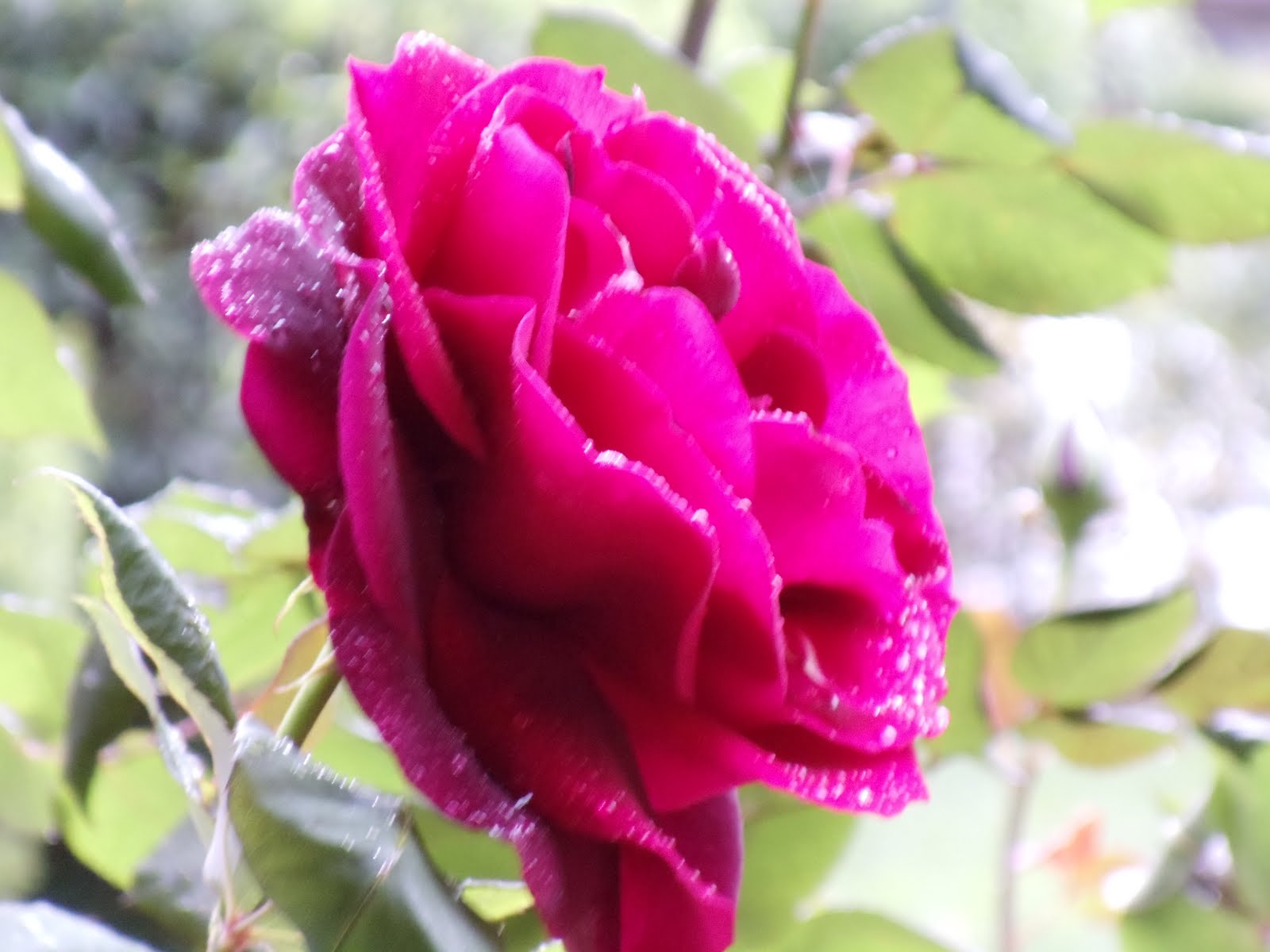1. The Introduction:
The Water-Cock tells Satyakama in the Chhandogyaa Upaneshada that the fourth PAADA/STEP or the characteristic of the BRHMA [ABSOLUTE] is that the BRHMA is ‘AAYATANASWARUUPA’. The word ‘AAYATANASWARUUPA’ is made up of two parts: AAYATANA [RECTANGULAR BODY] + SWARUUPA [FORM]. The word AAYATANA consists of two roots: AAYATA [RECTANGLE] + TANA [BODY]. The word ‘AAYATANA’ would then mean ‘the RECTANGULAR BODY’. So, the word ‘AAYATANASWARUUPA’ would mean ‘the ONE HAVING THE FORM OF A RECTANGULAR BODY’.
Also, we notice that the BRHMA [ABSOLUTE] is called the ‘SACH-CHEDAANANDAGHANA’ [SAT+CHETA+AANANDA+GHANA].
The word ‘AAYATAAKAARA’ in the English language means ‘the RECTANGULAR’. The word ‘GHANA’ in the English language means ‘the CUBE’. Obviously, the words ‘the RECTANGULAR’ and ‘the CUBE’ carry different meanings.
Then, how come the author of the instant article has said that the basic, elementary and fundamental particle, in an earlier article, is CUBICAL in structure?
2. The Discussion:
First of all, let us see the meanings of the terms the RECTANGLE, RECTANGULAR, CUBE, CUBIC and CUBOID as understood in the English and the Hindi languages.
[A] The Oxford ADVANCED LEARNER’S DICTIONARY of Current English, edited by A S Hornby and others, Seventh edition, 2005, published by the Oxford University Press defines the words Rectangle, Cube, Cuboid and Cubic as follows:
Rectangle:
“A flat shape with four straight sides two of which are longer than the other two and four angles of 90 degrees"
Cube:
“A solid or hollow figure with six equal square sides. ”
Cuboid:
*Noun (geometry) – “A solid object which has six RECTANGULAR sides at RIGHT ANGLES to each other. “
*Adjective – “Shaped approximately like a cube. “
Cubic:
“Having the shape of a cube. “
[B] The page number 711, The BHARGAVA’S STANDARD ILLUSTRATED DICTIONARY OF THE ENGLISH LANGUAGE (Anglo-Hindi Edition) Twelfth Edition (1965), Reprint, January 1980, published by BHARGAVA Book Depot, VARANASI (BANARAS), India gives the meaning of the word RECTANGLE and RECTANGULAR as shown below:
RECTANGLE:
AAYATA
RECTANGULAR:
AAYATAAKAARA
CUBE:
Thosa Ghana
The word ‘Thosa’ in the English language means a ‘Solid’.
The word ‘AAYATAAKAARA’ means ‘the RECTANGULAR’. The word ‘GHANA’ means ‘the cube’.
[C] Visualise a cuboid having 6 faces with the upper, lower, front and back faces being RECTANGULAR in shape. Also, visualize this cuboid having the left and the right faces as being SQUARE in shape.
Now, anyone who looks at the front, back, lower or upper face of this cuboid shall call it as being RECTANGULAR or ‘the AAYATAAKAARA’ in shape. But, the person who looks at the left or the right face of this cuboid shall term it to be SQUARE in shape and CUBIC or ‘the GHANA’ in structure. The fact remains that it is a cuboid only despite two different perceptions.
We further notice that a cuboid is shaped approximately like a cube. In other words, we may say that a cuboid is a special kind of cube only.
3. The Conclusion:
Hence, there is no contradiction between the Water-Cock telling Satyakama in the Chhandogyaa Upaneshada that the fourth PAADA/STEP or the characteristic of the BRHMA [ABSOLUTE] is ‘AAYATANASWARUUPA’ and the BRHMA [ABSOLUTE] being called the ‘SACH-CHEDAANANDAGHANA’ [SAT+CHETA+AANANDA+GHANA].
There is no word in the English dictionary which reconciles the above two differing perceptions. So, the author of the instant article has chosen/invented the new word ‘CUBICAL’ as a compromise to reconcile the above two differing perceptions.


No comments:
Post a Comment